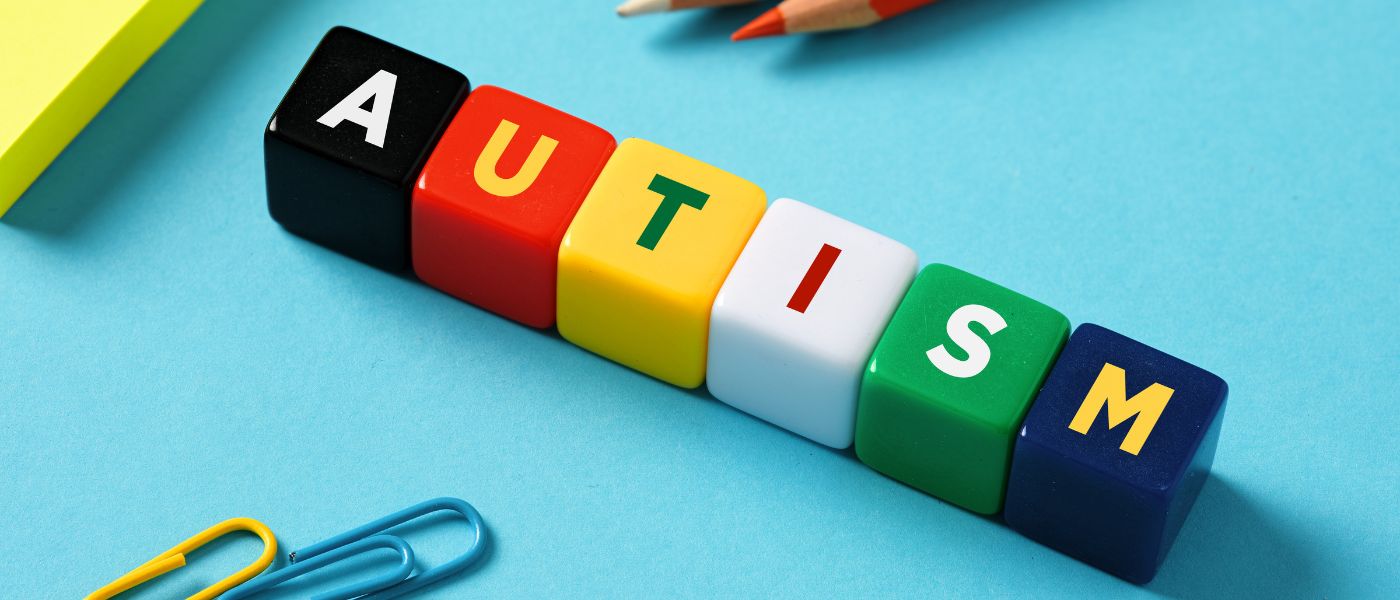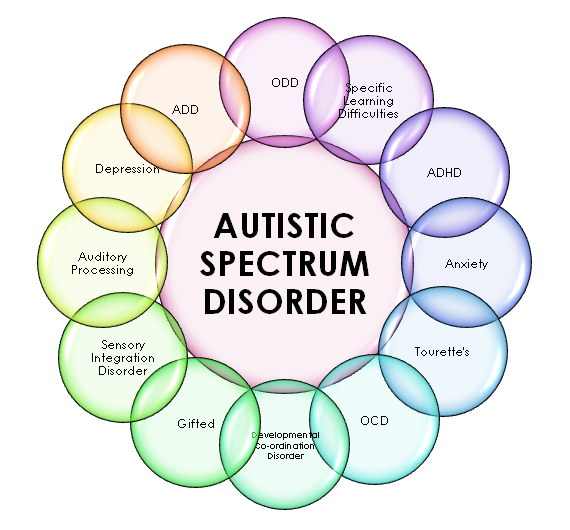Just how to Produce an Inclusive Setting for Buddies and Family Members with Autism
Just how to Produce an Inclusive Setting for Buddies and Family Members with Autism
Blog Article
Understanding Autism: A Comprehensive Overview to Indicators and Symptoms
Autism Spectrum Condition (ASD) incorporates a vast array of characteristics that can dramatically impact a person's social communications and daily functioning. Identifying the symptoms and signs, such as challenges with eye get in touch with, social interaction problems, and sensory level of sensitivities, is essential for very early intervention. Comprehending these subtleties not just aids caregivers and teachers in giving suitable assistance yet also promotes an extra inclusive atmosphere for individuals with ASD. As we check out the intricacies of autism, it becomes vital to consider just how these signs show up in a different way throughout the range and what effects they hold for effective intervention methods.
Introduction of Autism Spectrum Disorder
Specifying Autism Range Problem (ASD) includes recognizing it as a complex neurodevelopmental condition identified by a series of difficulties in social communication, interaction, and behavioral patterns. The term "spectrum" reflects the wide variability in signs and their extent, which can differ considerably from one person to one more. ASD usually manifests in early childhood years, although some individuals may not obtain a medical diagnosis until later in life.
Factors influencing the advancement of ASD consist of environmental factors and genetic tendencies, although the precise reasons continue to be under examination. Medical diagnosis frequently counts on behavior assessments, as there are no clear-cut medical tests for ASD. Early treatment is vital and can considerably improve end results, concentrating on improving communication abilities, social interactions, and adaptive habits.
Individuals with ASD might also show special strengths, such as extraordinary interest to detail or particular areas of experience. Comprehending the complex nature of ASD is crucial for promoting a comprehensive atmosphere that fits neurodiversity. Proceeded study is important for creating reliable treatments and support group, making it possible for individuals with ASD to flourish and satisfy their possible within society.
Typical Signs of Autism
Identifying the common indicators of Autism Range Disorder (ASD) is important for very early recognition and treatment. These indications can differ commonly in severity and discussion, however particular features are frequently observed in people with ASD.
One of the most prevalent indications is a marked problem in keeping and establishing eye get in touch with. People might likewise show limited passion in social interactions and reveal a choice for solitary play.
Sensory sensitivities are likewise common; people might underreact or overreact to sensory stimuli, such as lights, structures, or audios. autism. Language advancement can be atypical, with some youngsters showing postponed speech or utilizing language in uncommon methods, including echolalia-- repeating sentences or phrases heard elsewhere
It is necessary to note that not every person with ASD will present all these indicators, and the level of these actions can differ considerably. Early acknowledgment permits prompt support and sources, boosting the high quality of life for those on the spectrum.
Social Interaction Difficulties
Social interaction challenges are a hallmark of Autism Range Problem (ASD), impacting a person's ability to involve properly with others. These problems can materialize in various methods, including challenges in initiating and keeping conversations, recognizing social hints, and reacting properly in social interactions.
People with ASD might battle with nonverbal interaction, such as eye get in touch with, faces, and body movement. This can result in misconceptions, as their communicative intent may not be their website correctly analyzed by others. They may discover it hard to understand the subtleties of tone and context, which are crucial for effective interaction.
In team settings, individuals with ASD may really feel overloaded and may not know just how to sign up with in discussions (autism). They might additionally show atypical conversational patterns, such as monologuing regarding particular interests without identifying social reciprocity
Additionally, these challenges can lead to social seclusion or difficulties in forming connections, as peers might misinterpret their habits or communication design. Comprehending these social interaction obstacles is vital for fostering helpful atmospheres that promote social skills advancement and improve the quality of communications for people on the autism spectrum.
Sensory Level Of Sensitivities and Reactions
Several individuals with Autism Range Condition (ASD) experience heightened sensory level of sensitivities that can substantially impact their daily lives. An individual with ASD may discover daily noises, such as a vacuum cleanser or crowded settings, overwhelmingly distressing, leading to anxiousness or meltdowns.
Sensory handling distinctions look at this web-site in individuals with ASD can also impact their ability to participate in routine tasks and social communications. A kid that is sensitive view it to touch might resist physical affection or prevent particular apparel textiles. Conversely, a preference for specific appearances or tastes can restrict dietary choices and create challenges during mealtimes.
Comprehending these sensory sensitivities is important for acknowledging the distinct experiences of individuals with ASD. Understanding of their sensory profiles can foster much better interaction and support strategies, producing a setting that fits their demands and improves their quality of life. Inevitably, acknowledging sensory level of sensitivities is an important element of understanding the more comprehensive spectrum of autism.

Supporting People With Autism
Reliable assistance for individuals with Autism Range Condition (ASD) is vital for boosting their general wellness and fostering freedom. Support strategies should be tailored to meet the unique needs of each individual, considering their obstacles and toughness.

Social skills training can likewise play a critical role. autism. Involving people in group tasks or role-playing circumstances can boost their ability to navigate social interactions. Additionally, it is vital to educate household participants, caretakers, and peers concerning ASD to cultivate a comprehensive and encouraging area
Conclusion
By promoting improved interaction and social abilities, individuals with autism can navigate their settings extra effectively. Ultimately, boosted awareness and support can dramatically improve the top quality of life for those influenced by ASD.
Autism Spectrum Disorder (ASD) incorporates a broad range of characteristics that can dramatically influence an individual's social communications and daily performance.People with ASD might have a hard time with nonverbal interaction, such as eye get in touch with, face expressions, and body language.Numerous people with Autism Spectrum Condition (ASD) experience heightened sensory sensitivities that can dramatically influence their daily lives.Sensory handling distinctions in individuals with ASD can additionally influence their capability to engage in routine tasks and social communications.Comprehending these sensory sensitivities is crucial for recognizing the unique experiences of people with ASD.
Report this page